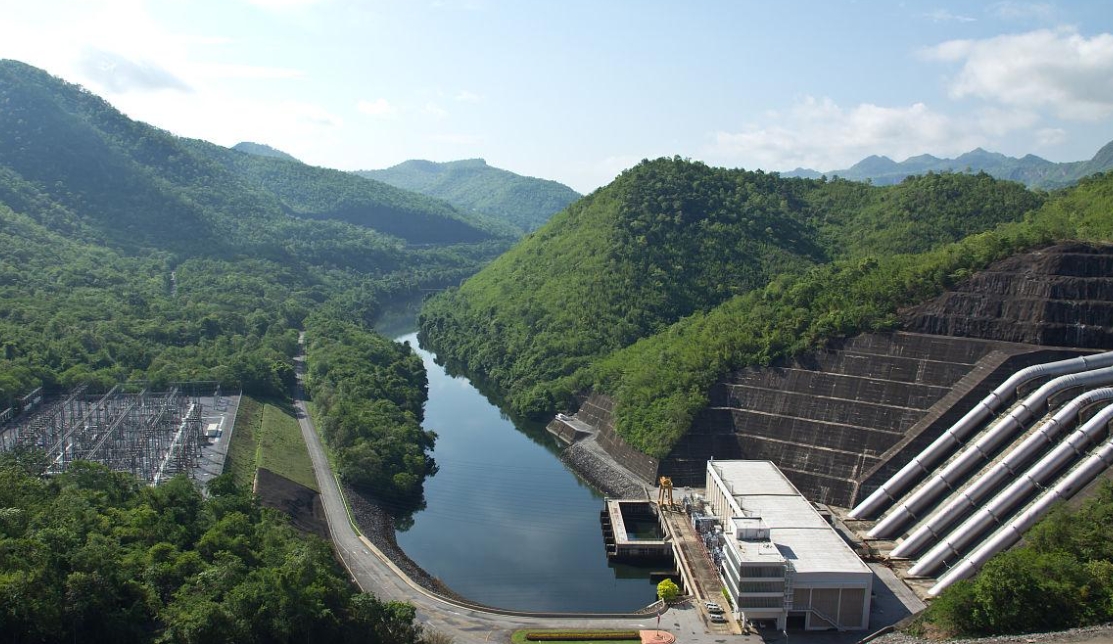
The Western Sydney Pumped Hydro project would see water equivalent to 4000 Olympic swimming pools pumped out of Lake Burragorang, 24 kilometres from the Warragamba dam wall, into a reservoir built in a former coal washing facility at the top of the escarpment west of Camden. It would then be released to generate eight hours’ worth electricity generation when demand peaks.
“The solutions to Melbourne, Brisbane and Sydney’s power stabilisation problems will be found in mountainous country not to far from the cities, and this location is perfect,” said Professor Ross Garnaut.
Pumped hydro, which can cheaply and efficiently provide long-term storage to “firm” renewable energy such as wind and solar is seen as a crucial technology if Australia is to replace its ageing coal-fired power stations before they shut down. The nation’s largest pumped hydro project, Snowy 2.0, has been hit with delays and cost blowouts due to difficulties in drilling through mud, and protests over the necessity of building long transmission lines through delicate national park.
Garnaut, a director and major shareholder of Zen Energy who was a climate and energy advisor to the Rudd and Gillard governments, said the Nattai site is perfect because it provided the access to water and elevation demanded by pumped hydro projects. It would also be built into land already disturbed by heavy industry and is close enough to Sydney that it would not need the construction of new transmission lines.
The pipes to move the water would be drilled through stable Sydney sandstone and would only need to extend three kilometres, rather than the 27 kilometres being dug in the soft earth of the Kosciuszko National Park for Snowy 2.0.
Water would be pumped from Lake Burragorang into the reservoir during the day when there was abundant solar and wind energy in the grid, and released during periods of peak demand when there was little green power available.
The company hopes to complete the 1 gigawatt project by 2030 for under $3 billion. By comparison, the 2.2 gigawatt Snowy 2.0 pumped hydro scheme is now not expected to be completed by 2028 at cost of $12 billion.
Garnaut began considering sites for pumped hydro outside Sydney before 2010 when he was engaged in drafting what became known as the Garnaut review into climate change for the then Rudd government, but back then there was no mechanism for WaterNSW to consider such projects.
WaterNSW chief Andrew George said the state-government owned organisation began building a mechanism to consider such proposals so it could assist the state government to reach its net zero goals.
“It makes sense. We own a lot of land. We own 40 reservoirs, each of them is in effect half of a pumped hydro facility,” George said.
He said WaterNSW was satisfied that the project would have no negative impact on the catchment or on Sydney’s water supply during the work on investigation or construction, or during its future operation.
“WaterNSW has conducted an extensive water quality risk assessment on all aspects of
the proposal and will continue to undertake such analyses regularly, as Zen Energy
progresses the proposal through the planning and approval processes,” he said.
Zen Energy has already taken a controlling share of the family company that owns the site of the Wollindilly Washery, which washed coal for the mines that once existed throughout the region. Over the next 12 months the company will continue with geotechnical work and cultural and heritage studies for the development approval process.
Zen, which stands for zero emissions now, has a pipeline of 10 renewable energy generation and storage projects around the country, including the $200 million Templers big battery, a second grid-scale battery in South Australia, which has recently won financial backing from the New York investment giant Stonepeak and French bank Natixis.